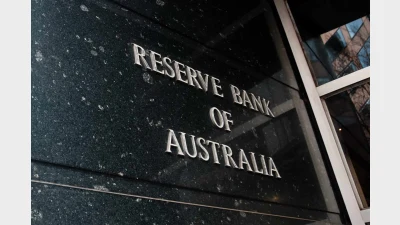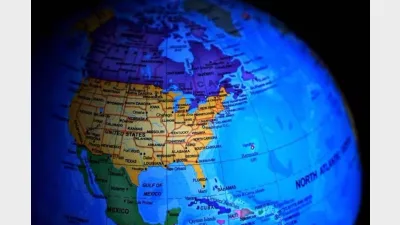Retirees in the red despite super performance



Challenger chairman of retirement income Jeremy Cooper said that although strong investment returns in 2013 may be good news for accumulation members, many retirees have not and will not recover losses from the global financial crisis (GFC).
Headline investment returns do not reflect the reality for over one million retirees who are still likely to be in the red this year, he said.
"A four-year average of 8.8 per cent p.a. after the GFC is great if your money has been locked away, but it's just not enough if you've been using your super for its intended purpose of providing income in retirement," he said.
"Because they've been drawing income each year, retirees are earning this sort of return on a lower capital base after being hit by the GFC."
Using annual investment performance as an indicator of the super system's performance ignored the more than 1.1 million Australians who draw retirement income from account-based pensions, Cooper said.
A market downturn could deliver a "double whammy" to retirees, involving both capital erosion and the impact of drawdowns used as retirement income.
Retirees might have been better off if they had switched to defensive or conservative investment options before the GFC, according to Cooper.
"The vulnerability of retirees to volatility is the main reason why investing in retirement is different," said Cooper.
Cooper's comments seem to reflect the business of Challenger as the largest annuity provider in Australia. Challenger accounted for 95 per cent of the annuity market in Australia, according to Plan for Life in January.
Recommended for you
The central bank has announced the official cash rate decision for its November monetary policy meeting.
Australia’s maturing superannuation system delivers higher balances, fewer duplicate accounts and growing female asset share, but gaps and adequacy challenges remain.
Global volatility and offshore exposure have driven super funds to build US-dollar liquidity buffers, a new BNY paper has found.
Less than two in five Australians are confident they will have sufficient assets to retire and almost three-quarters admit they need to pay greater attention to their balance, according to ART research.










